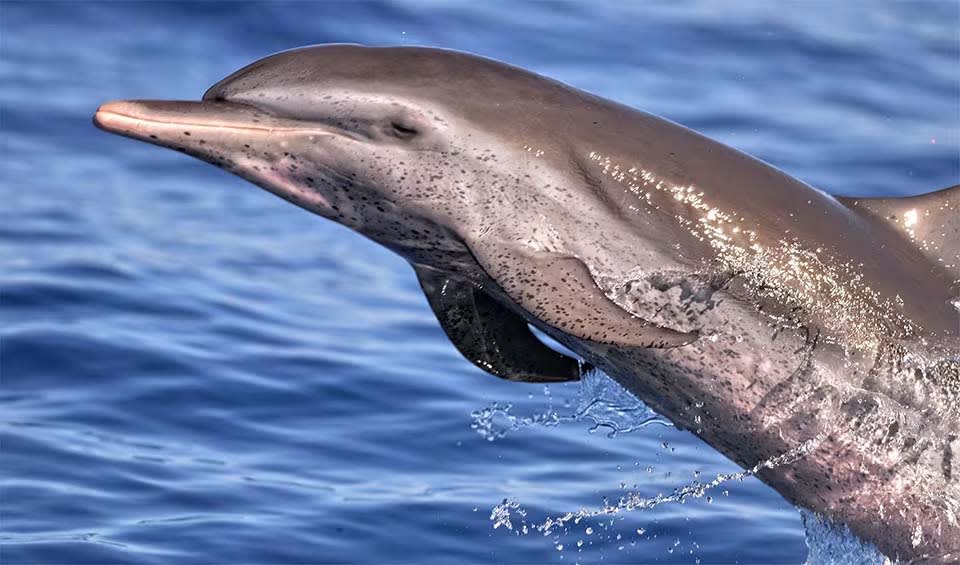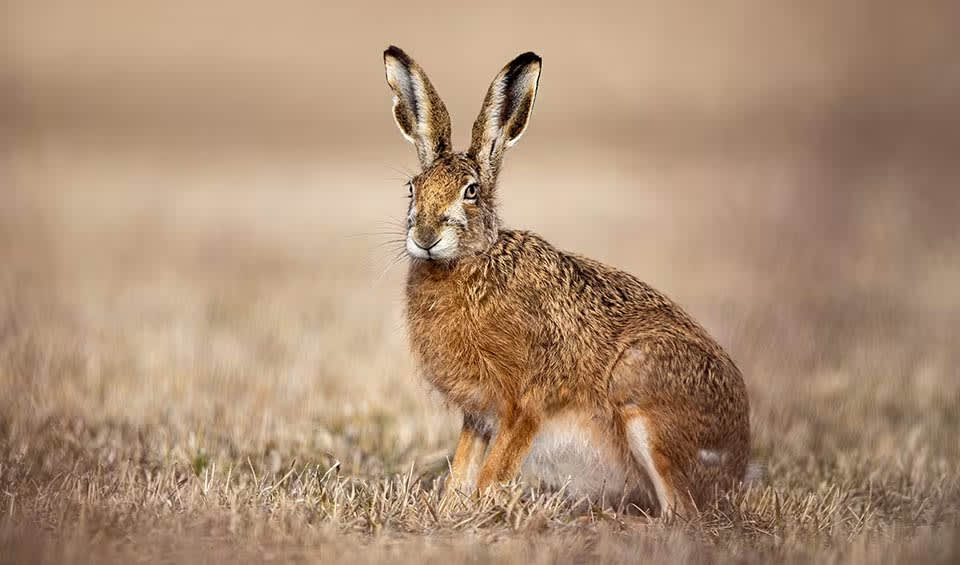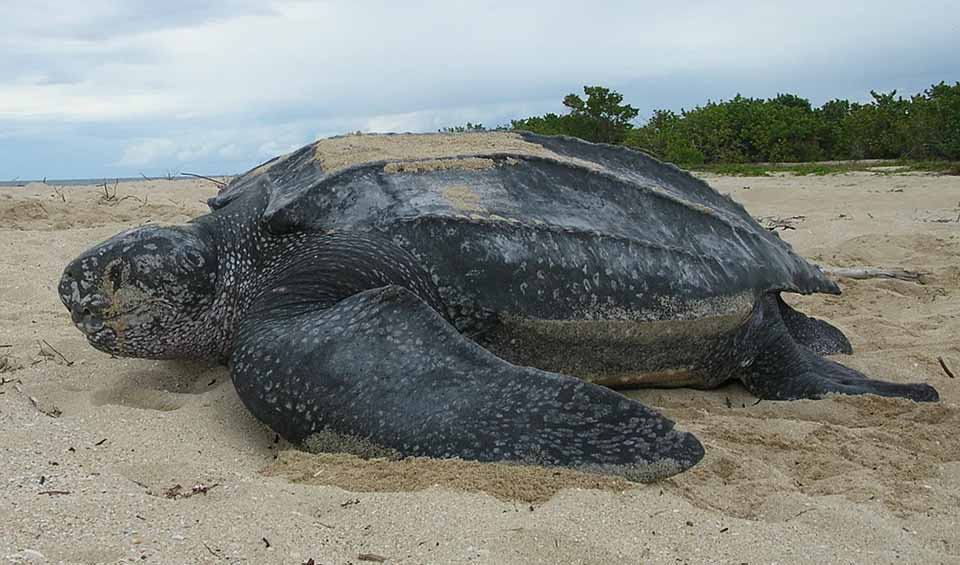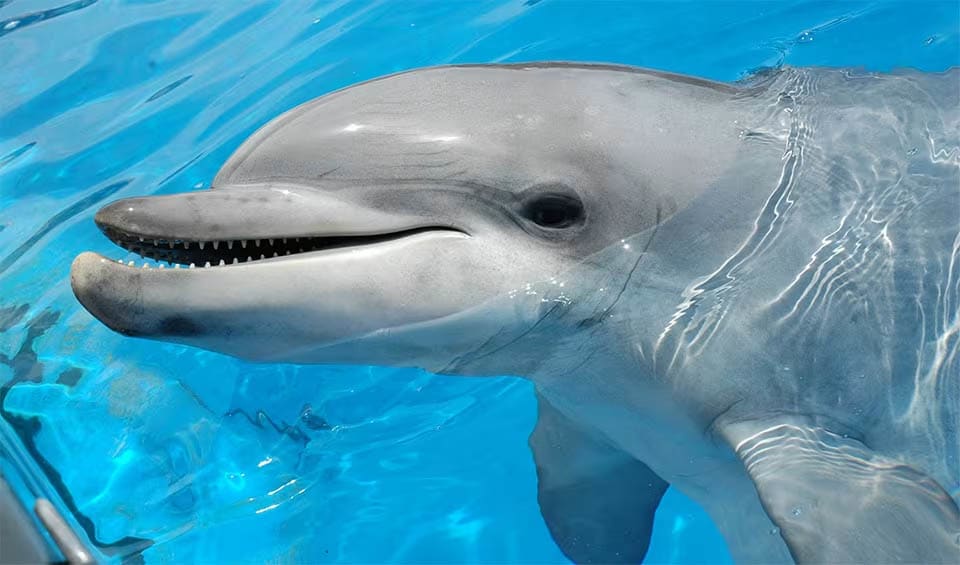Located in the Lesser Antilles, Barbados is the easternmost island in the Caribbean. It spans an area of 430 km² (166 mi²) and features a varied landscape that includes rolling hills, terraced plains, and a rugged coastline. The island enjoys a tropical climate with two distinct seasons: a wet season from June to November and a dry season from December to May. The warm, sunny weather throughout the year makes Barbados an ideal destination for nature enthusiasts and beach lovers alike.
Barbados is renowned for its diverse and picturesque landscapes. The island’s west coast, known as the Platinum Coast, is famous for its calm, crystal-clear waters and white sandy beaches. In contrast, the rugged east coast, facing the Atlantic Ocean, boasts dramatic cliffs and powerful waves, making it a favorite spot for surfers. The interior of the island is lush and green, with rolling hills and tropical forests that are home to an array of flora and fauna.
Four pillars elaborated:
Barbados has established several protected areas to preserve its natural heritage. The Barbados Wildlife Reserve is a sanctuary for green monkeys and other native species, providing a safe haven for wildlife conservation. The Folkestone Marine Park and Reserve is another important protected area, dedicated to conserving the island’s marine biodiversity. Efforts to protect the island’s natural resources are supported by both government initiatives and local organizations, with a focus on sustainable tourism and environmental education. Land Management
Land Management
The primary threat to biodiversity is habitat loss, primarily driven by tourism developments, unsustainable land use practices, land clearance, and golf course construction. Additional threats include the introduction of invasive species and sewage pollution. Specific threats to flagship species include the severe overexploitation of sea turtle populations, affecting species such as the Hawksbill turtle (Eretmochelys imbricata), Green turtle (Chelonia mydas), Leatherback turtle (Dermochelys coriacea), and Loggerhead turtle (Caretta caretta). Threats to Biodiversity
Threats to Biodiversity
The Government of Barbados allocates financial resources from the consolidated fund to the Departments of the Ministries of Environment and Drainage, as well as other relevant Ministries and Departments. Additionally, external funding is sought from various multilateral institutions, donor funds, and NGOs. Research and conservation projects often receive support from the University of the West Indies Centre for Resource Management and Environmental Studies, small grants foundations, and academic institutions. Capacity and Governance
Capacity and Governance
Biodiversity management in Barbados is primarily guided by several policy documents: the National Strategic Plan of Barbados, the National Biodiversity Strategy and Action Plan, the Barbados Sustainable Development Policy, and the Physical Development Plan. These documents aim to integrate biodiversity issues into national policy. Given tourism’s significant impact on the Barbados environment, a Sustainable Tourism Policy has also been adopted.
Barbados’s Biodiversity Plan 2030 is an ambitious initiative that aims to transform the island into a 100% green and fossil-fuel-free nation by 2030. The plan prioritizes ecosystem protection and restoration, promotes sustainable agriculture, and focuses on developing renewable energy sources. Additionally, it underscores the importance of the blue economy, advocating for the sustainable use of marine resources through key initiatives such as promoting ecotourism, enhancing fisheries management, and advancing marine conservation efforts. Future Trends
Future Trends
Achieving the plan’s goals requires significant investment and collaboration among the government, businesses, and communities. To support its successful implementation, the plan seeks to attract international funding and forge partnerships.
Biodiversity
Barbados’ biodiversity is as rich as its landscapes. The island’s tropical forests are teeming with a variety of plant species, including the iconic mahogany and bearded fig trees. These forests provide habitat for numerous birds, such as the Barbados bullfinch and the green monkey, which is a common sight on the island.The marine environment around Barbados is equally vibrant, with coral reefs that host a diverse array of fish, sea turtles, and other marine creatures. Carlisle Bay, a natural harbor and marine park, is particularly famous for its snorkeling and diving opportunities, offering a chance to explore shipwrecks and coral formations teeming with marine life.
In the table below are the number of known species in several main groups, how many of these species are Threatened with extinction, and how many of them are Endemic (unique to Barbados only):
| Species (World rank) |
Threatened | % Threatened | Endemic | % Endemic | |
|---|---|---|---|---|---|
| Mammals | 33 (#177) | 3 | 9.1% | ||
| Birds | 186 (#171) | 3 | 1.6% | 1 | 0.5% |
| Reptiles | 11 (#176) | 7 | 63.6% | 5 | 45.5% |
| Amphibians | 2 (#183) | ||||
| Fishes | 527 (#112) | 38 | 7.2% | ||
| Plants | 858 (#182) | 3 | 0.3% |
mammals
Pantropical spotted dolphin
A champion swimmer and a social butterfly of the warm seas
European hare
Unlike rabbits, they don’t live in burrows, instead, they make shallow nests in the grass called forms
birds
American kestrel
The smallest of falcons in the entirety of America, but you would be mistaken to take this bird lightly
Osprey
One of only six land-birds with a cosmopolitan distribution habituating all continents except Antarctica
Common tern
This bird holds the record of the longest distance flown by any bird in recorded history
reptiles
Leatherback sea turtle
The mysterious diver of the ocean is the largest and only sea turtle without a hard shell and scales
Hawksbill sea turtle
Its slender frame and narrow head bear a beak curved like a hawk’s, earning this marine marvel its name
Barbados threadsnake
Merely thicker than a spaghetti noodle, it is the smallest snake on earth
National Animals
Brown pelican
The smallest of the eight pelican species
Green monkey
Covered in thick golden fur with a touch of green, which is how they get their common name
Common bottlenose dolphin
Known for their acrobatic leaps, twisting and turning gracefully as they jump completely out of the water















